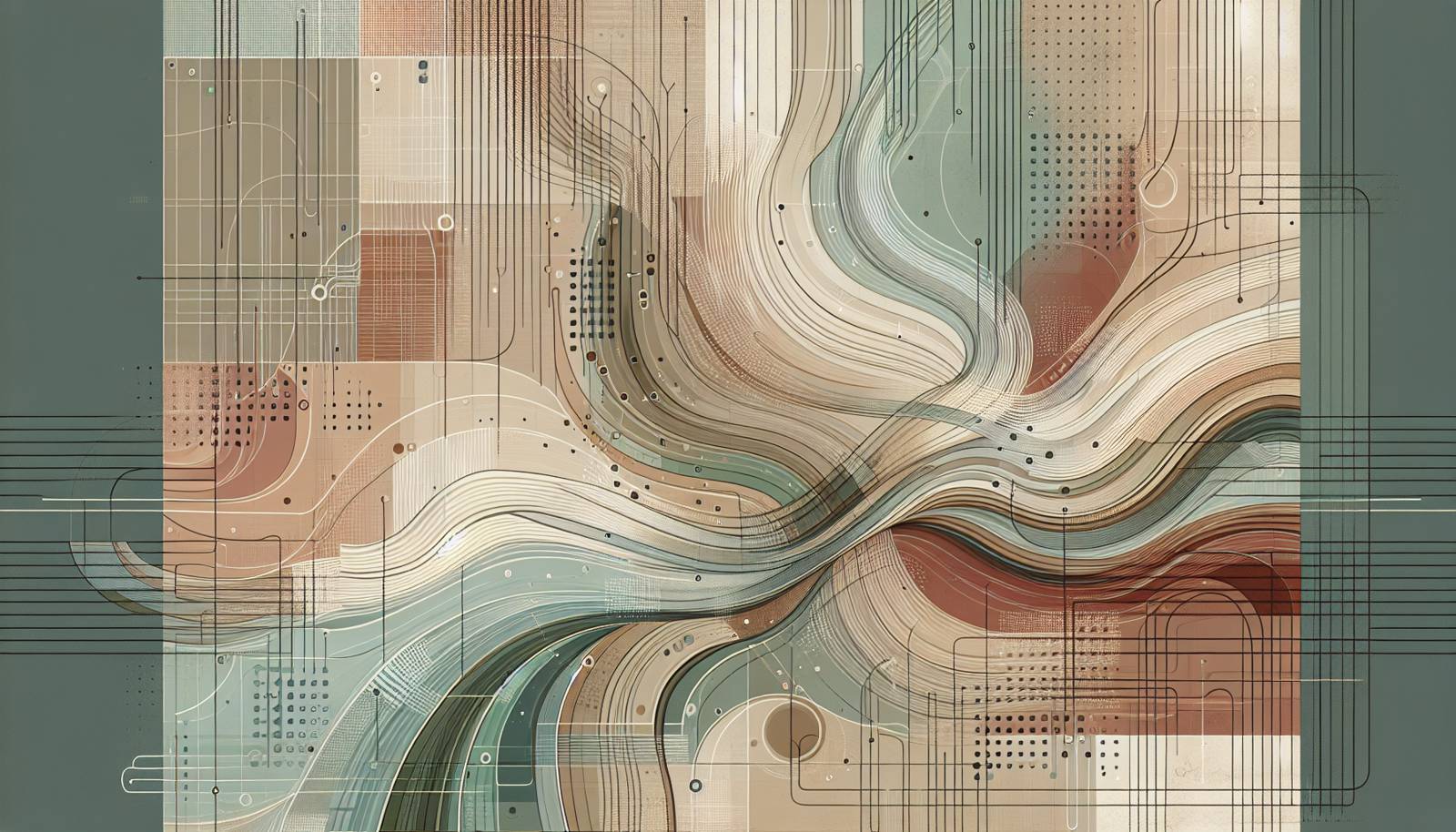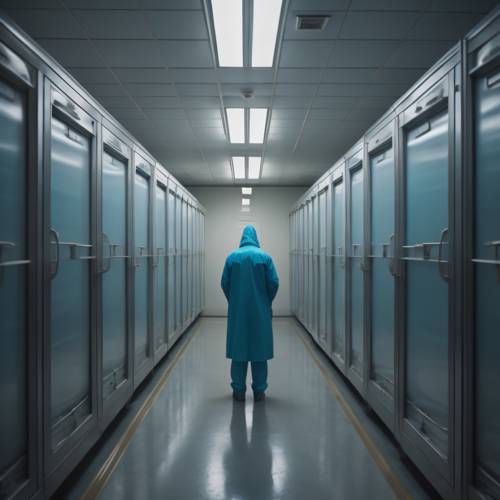
FAQ About The Role of AI-Generated Art in Cultural Discourse

What is AI-generated art?
AI-generated art is art that has been created using artificial intelligence algorithms. These algorithms can range from machine learning techniques, such as neural networks, to more simple rule-based systems. The AI can either generate art autonomously based on patterns and data it has been trained on, or it can work in tandem with human artists to produce new works.

How does AI create art?
AI creates art by processing vast amounts of data to learn patterns and styles from existing artworks. Machine learning models, such as Generative Adversarial Networks (GANs), are commonly used for this purpose. GANs consist of two networks, a generator that creates images and a discriminator that evaluates them, refining the process over time to produce realistic and unique pieces.

Why is AI-generated art significant in cultural discourse?
AI-generated art is significant in cultural discourse because it challenges the traditional notions of creativity and authorship. It raises questions about the role of the artist, the definition of originality, and how technology intersects with human expression. As AI becomes more integrated into art production, it sparks discussions about the value and originality of AI-created works.

Can AI-generated art be considered authentic art?
Whether AI-generated art is considered authentic art is a subject of debate. Some argue that art is defined by human creativity and intention, qualities that AI lacks. Others believe that if an artwork elicits emotion or intellectual engagement, its origin is irrelevant. The ongoing discourse explores these differing viewpoints, questioning what makes art "authentic."

What role do human artists play in AI-generated art?
Human artists can play multiple roles in the creation of AI-generated art. They might design and train the algorithms, decide on specific inputs, or curate the output to craft a cohesive piece. This collaboration can lead to hybrid works where the boundaries between human and machine creativity are blurred, highlighting the artist's role as a guide and innovator.

How has AI-generated art influenced contemporary art?
AI-generated art has had a profound influence on contemporary art by introducing new methods of creation and expression. It has expanded the possibilities for experimentation and collaboration, pushing artists to explore the boundaries of what art can be. This influence is evident in galleries and exhibitions that increasingly feature AI-generated works, reflecting its growing acceptance and impact.

What are some famous examples of AI-generated art?
One of the most famous examples of AI-generated art is "Portrait of Edmond de Belamy," which was created by a Paris-based collective named Obvious using a GAN. It sold at Christie’s auction for $432,500 in 2018. Other notable works include projects by artists such as Refik Anadol and Mario Klingemann, who utilize AI to explore innovative artistic expressions.

What technologies are commonly used in AI-generated art?
Several technologies are commonly used in AI-generated art, including neural networks, deep learning, and Generative Adversarial Networks (GANs). These technologies allow for the analysis and synthesis of complex data patterns, enabling the creation of unique artistic outputs. Tools like style transfer and deep dream are also popular for creating visually captivating art.

Is AI-generated art protected by copyright?
The issue of copyright for AI-generated art is complex and varies by jurisdiction. In many regions, copyright law requires a human author for protection, which poses challenges for works created by AI. Discussions are ongoing about how to adapt copyright to the evolving artistic landscape, with some advocating for new legal frameworks or considering AI as a tool under the guidance of human creators.

Can AI-generated art evoke emotions like traditional art?
AI-generated art has the capacity to evoke emotions much like traditional art. The emotional response often depends on the viewer's interpretation and interaction with the piece. While the intent behind AI-generated art is not inherently emotional, the patterns and compositions it creates can resonate with human experiences, prompting personal and emotive engagement.

What are the ethical considerations of AI-generated art?
There are several ethical considerations surrounding AI-generated art, including issues of authorship, originality, and the potential misuse of AI in creating misleading or inappropriate content. Additionally, the use of AI raises concerns about the displacement of human artists and the commercialization of art. Ethical discussions focus on balancing innovation with responsibility.

How does AI-generated art challenge the notion of originality?
AI-generated art challenges the notion of originality by producing works based on existing patterns and styles. Since AI can replicate and combine styles from a vast array of sources, the uniqueness of its creations often comes into question. This raises philosophical questions about what it means to be original and how originality should be defined in the age of AI.

How do critics view AI-generated art?
Critics have mixed views on AI-generated art. Some appreciate the novelty and creativity it brings to the art world, deeming it an exciting frontier for exploration. Others critique it for lacking the personal touch and intentionality of human-created art, questioning its artistic value. The ongoing dialogue often reflects broader themes in art criticism, such as the intersection of technology and aesthetics.

What impact does AI-generated art have on traditional artists?
AI-generated art can impact traditional artists by changing the landscape of creative expression. While some artists may feel threatened by the technology, others embrace it as a new tool for enhancing their work. It encourages diverse approaches and expands artistic possibilities, compelling artists to innovate and differentiate their work in an increasingly technological world.

Can AI be considered a co-creator in art?
Many people consider AI as a co-creator in art because it actively participates in the creation process. Unlike tools that simply follow human commands, AI can generate unexpected results and offer creative input, leading to a collaborative dynamic between human artists and technology. This notion challenges traditional ideas about authorship and highlights the evolving role of technology in creation.

What challenges do artists face when working with AI?
Artists working with AI face several challenges such as technical complexity, accessibility to the right resources, and understanding the ethical implications of their work. Additionally, they may struggle with the balance between human creativity and machine-driven results, along with navigating rights to ownership and credit in collaborations with AI.

How has AI-generated art been received by the public?
The public reception of AI-generated art varies widely. Some are fascinated by the novelty and the technological aspect of the artworks, while others are skeptical about its authenticity and value. The intrigue often lies in the blend of technology with creativity, sparking conversations about the future of art and how audiences relate to new forms of artistic expression.

What are the limitations of AI-generated art?
AI-generated art faces limitations such as the reliance on existing data, which can limit its creativity to the patterns and styles that the AI has been exposed to. Additionally, AI lacks personal intention and emotional context, which can result in artworks that, while aesthetically interesting, may lack depth or narrative cohesion. These limitations prompt ongoing developments in AI technology to enhance its creative capabilities.

How is AI-generated art influencing art education?
AI-generated art is increasingly influencing art education by introducing new curricula that incorporate technology into the creative process. Educators are exploring how AI can serve as both a tool and a topic for study, prompting students to engage with contemporary practices and interdisciplinary approaches. This evolution reflects the growing integration of digital technologies in artistic training and practice.

Is there a market for AI-generated art?
Yes, there is a growing market for AI-generated art. Galleries, collectors, and auctions are starting to embrace these works, often valuing them for their uniqueness and for the novelty they bring to the art world. Prices for AI art can vary significantly, with some pieces selling for substantial amounts, reflecting the interest and investment in this intersection between art and technology.
